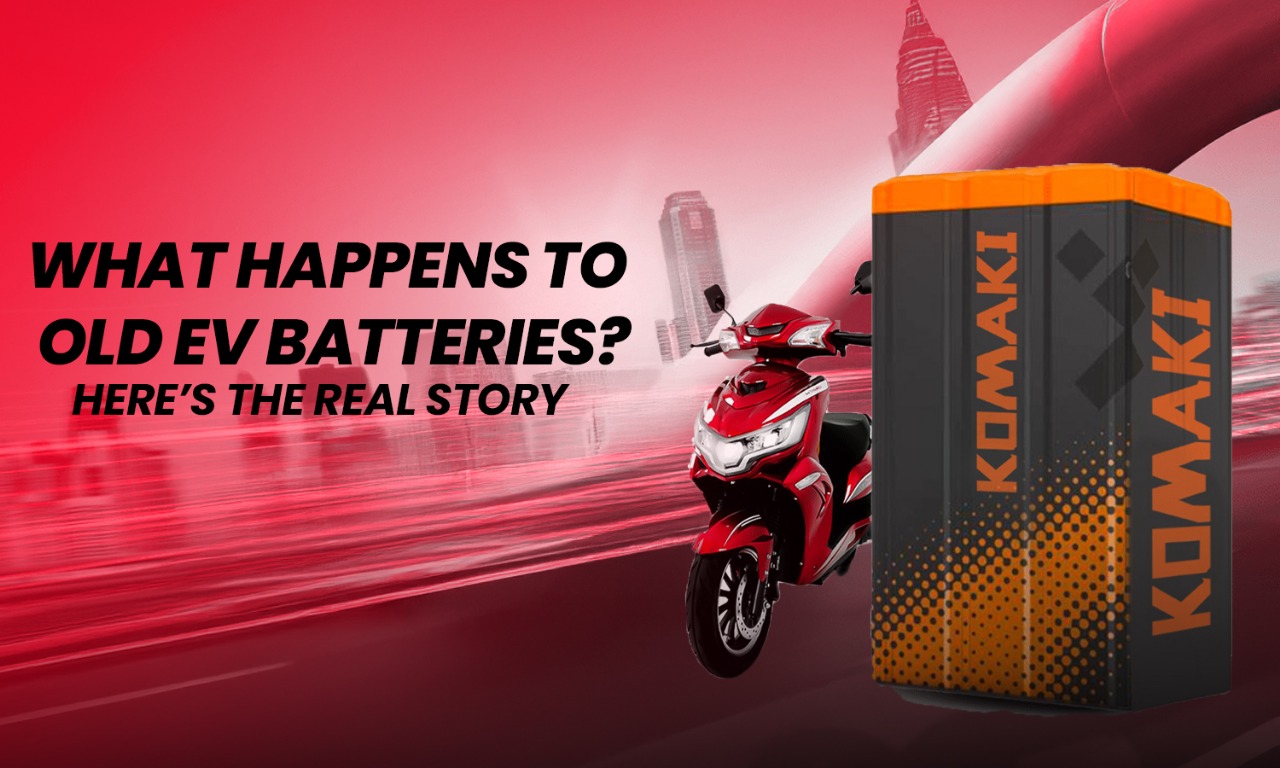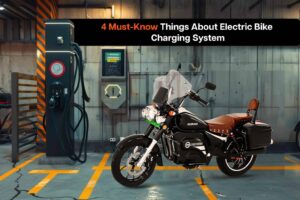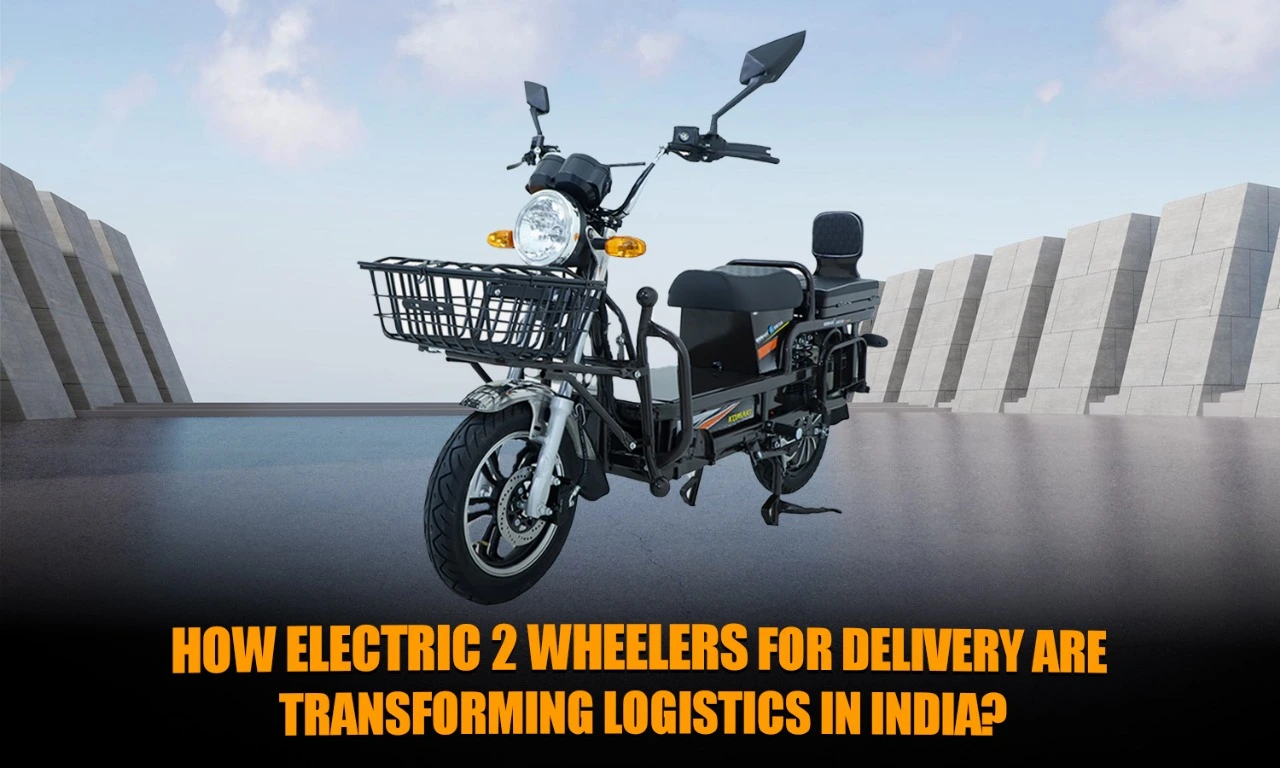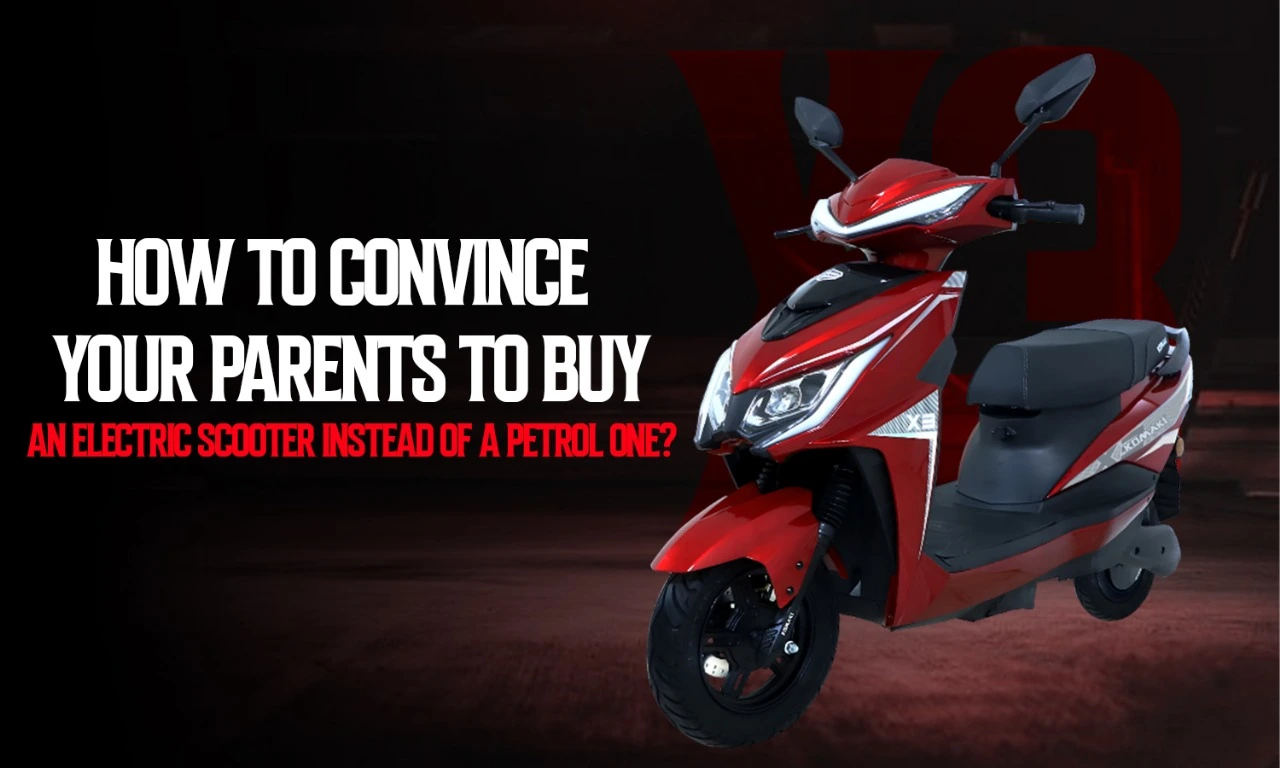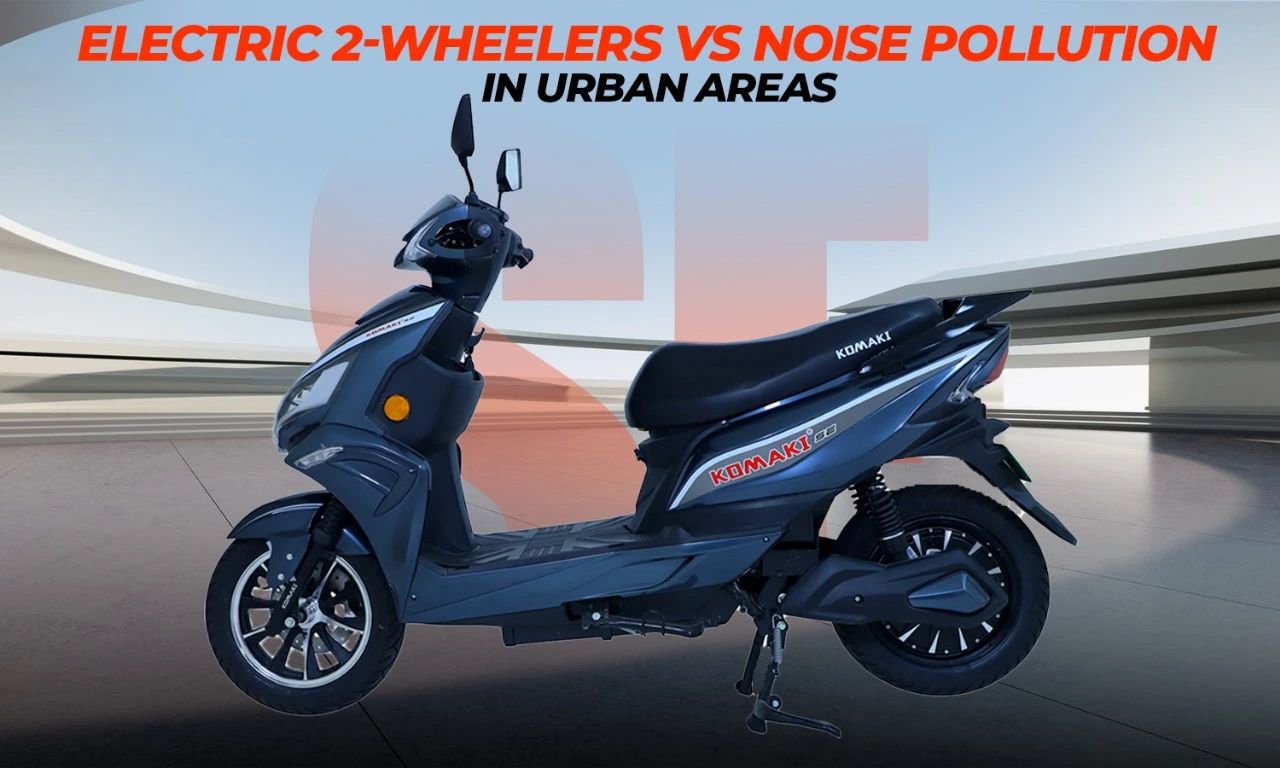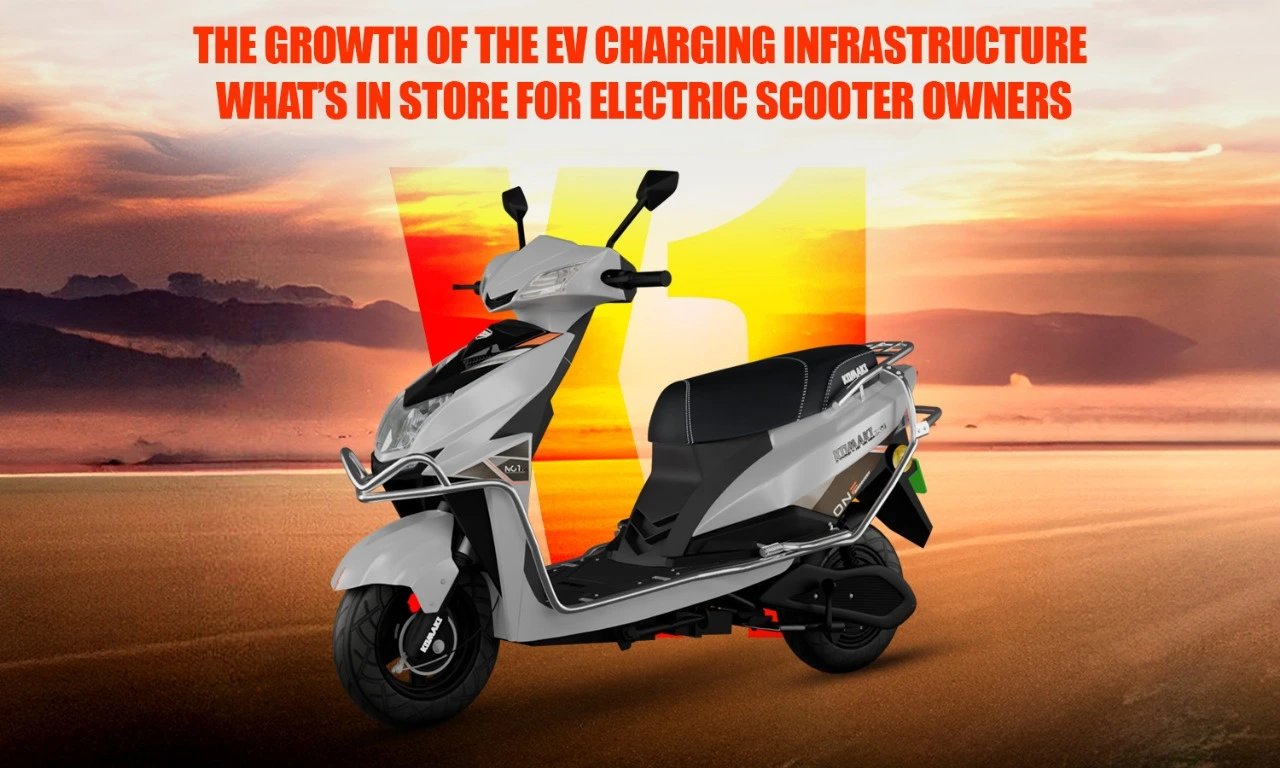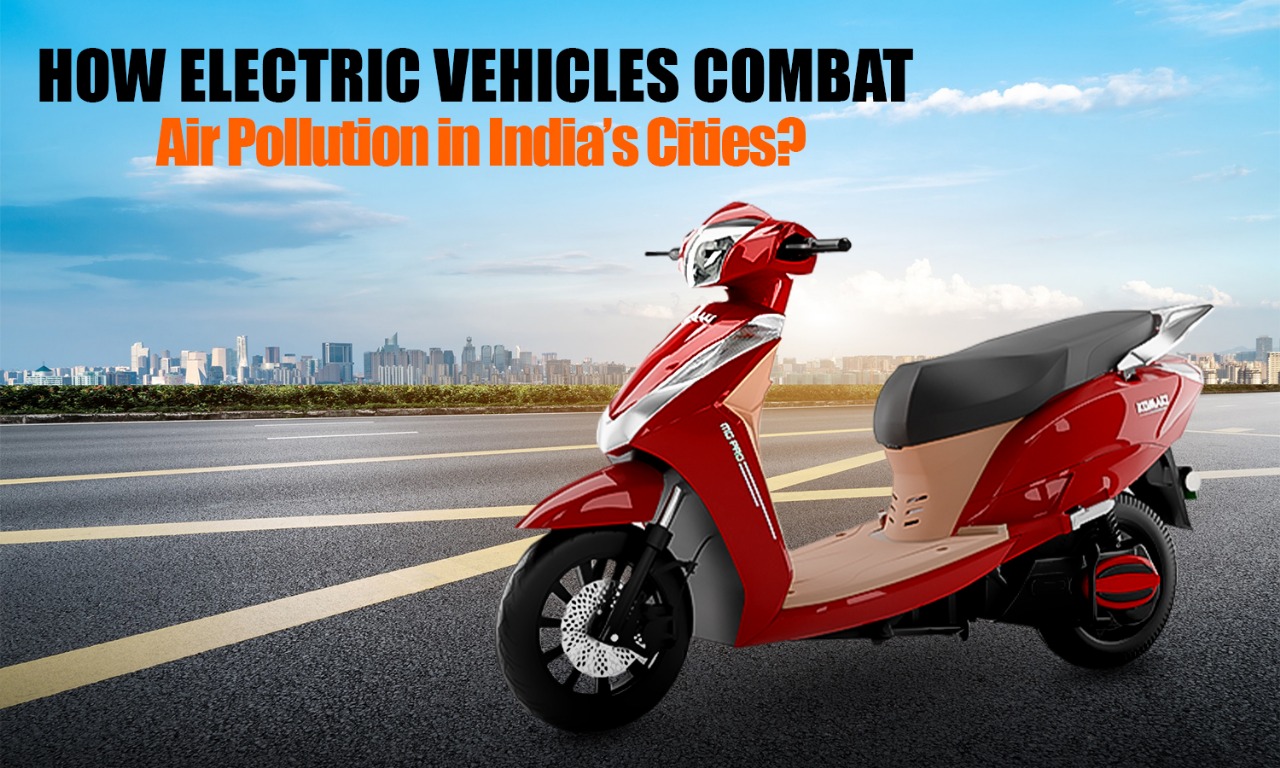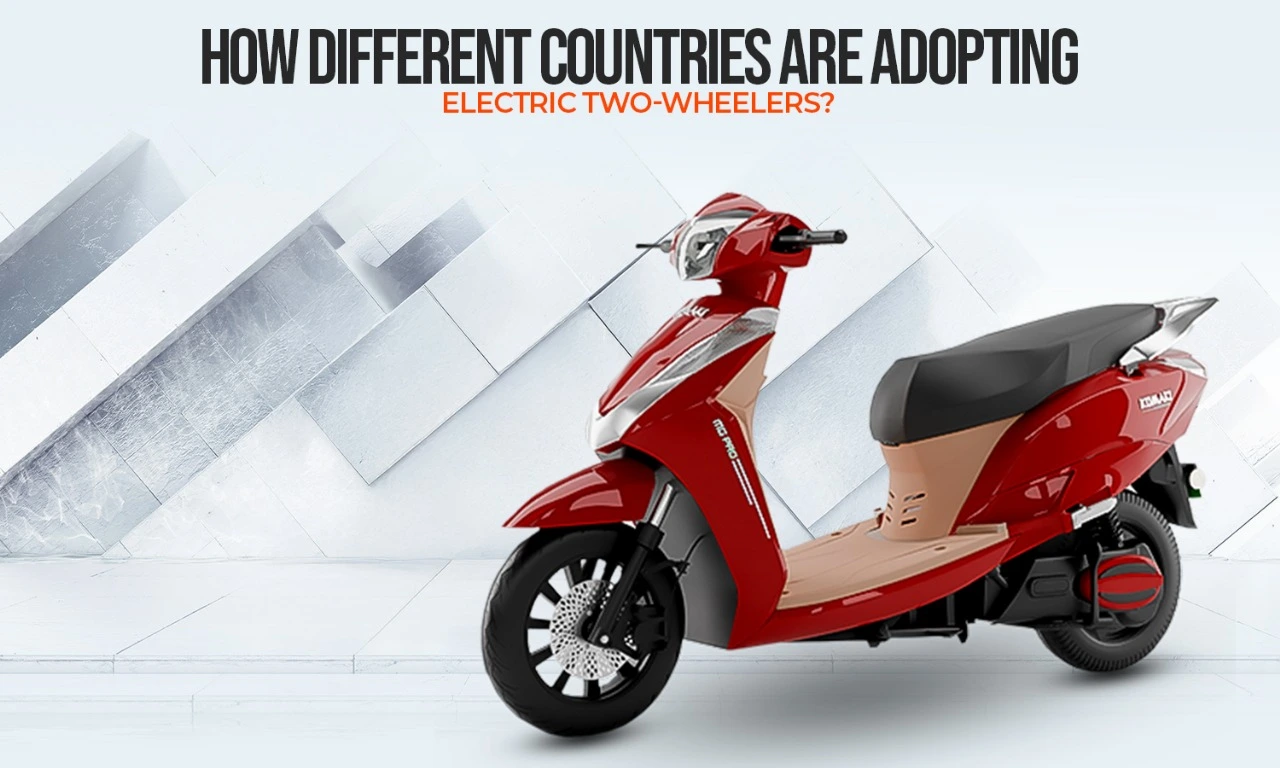EVs are the future — no doubt about that. But what happens when their batteries grow old? That’s the big question many people still have.
Are they just thrown away? Are they dangerous? Or is there a smart, safe way to handle them?
In this blog, we’ll explore the real story of old EV batteries — what happens to them, how they’re recycled, and how they continue to help even after their first life is over.
Old EV Batteries: How They’re Recycled and Reused
-
1. Second Life Use
Even after a battery is no longer strong enough for high-speed vehicles, it still holds a good amount of charge. These become second-life EV batteries — used in backup power systems, solar energy storage, or low-power machines. It’s smart, cost-effective, and keeps the battery useful for years to come.
-
2. Recycling Electric Batteries
Eventually, even second-life batteries reach their limit. That’s when they’re taken apart and recycled. In India, more companies are now investing in EV battery recycling — collecting used EV batteries, breaking them down, and safely recovering metals like lithium, cobalt, and nickel. This reduces waste and saves natural resources — a win for the environment.
What Happens to Used EV Batteries After They Die?
When an e-scooter battery finishes its lifespan, it doesn’t just get dumped. In fact, responsible manufacturers ensure that it’s either repurposed or sent for safe processing.
If you’re riding a brand like Komaki, you’re already part of a smarter cycle. These batteries go through safe used battery disposal channels or are repurposed for testing, energy storage, or even factory backup power.
More companies are now building plans around battery waste management, so riders don’t have to worry about what comes next.
That’s the promise of sustainable EV batteries — better for your ride, and better for the planet.
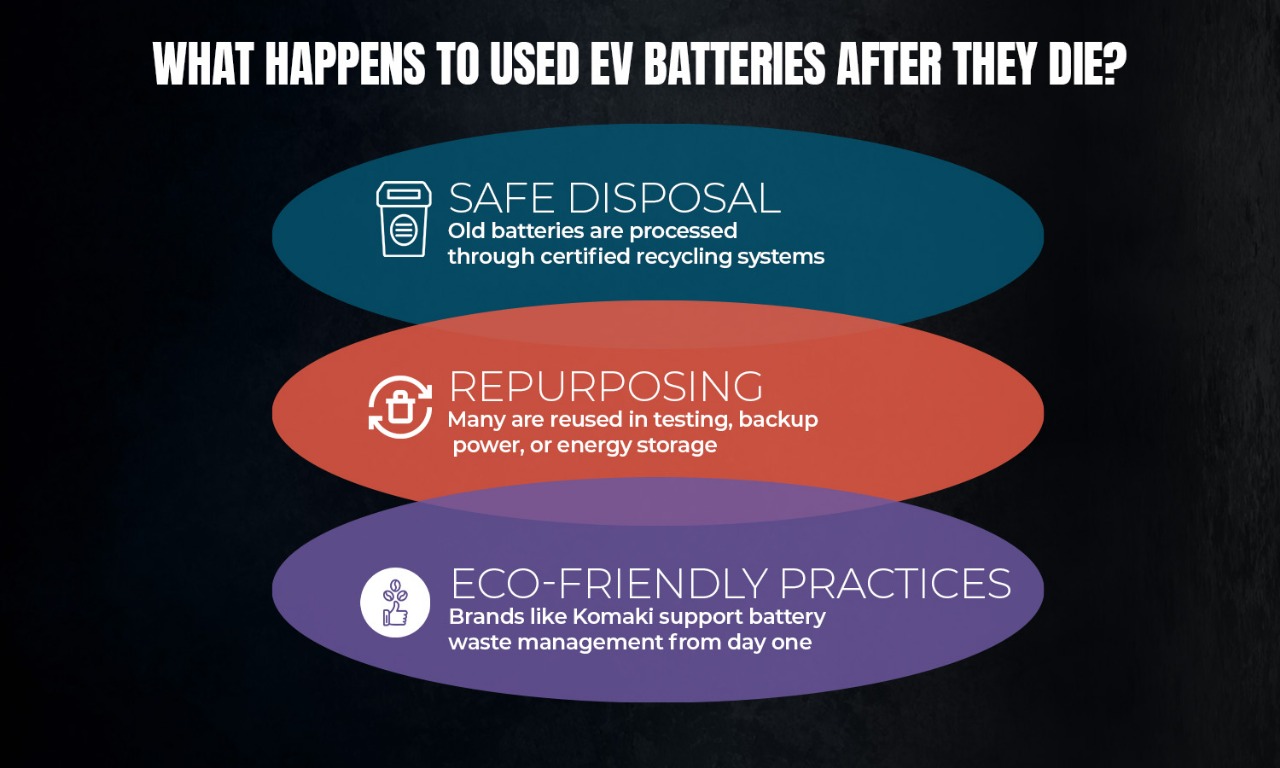
A Green Cycle for EV Batteries
The truth is, we’ve moved past the “use and throw” mindset. Today’s EV ecosystem is all about eco-friendly EV battery use — where recycling, reuse, and energy recovery are part of the full journey.
Old batteries don’t go to waste. They go to work somewhere else.
Frequently Asked Questions
Key Takeaways
- Old EV Batteries Are Not Waste — They’re Reused or Recycled Responsibly.
- Many Become Second-Life EV Batteries in Backup Power and Storage Systems.
- Recycling Helps Recover Metals and Reduces Environmental Impact.
- EV Brands Like Komaki Ensure Safe Used Battery Disposal and Repurposing.
- The Cycle Is Cleaner, Smarter, and Part of a Sustainable EV Future.
If You’ve Ever Wondered Whether Old EV Batteries Are Harmful or Hard to Deal With, the Answer Is Clear: Not Anymore. With Better Technology and Cleaner Systems, Electric Vehicles Are Becoming More Sustainable Every Day.
Whether It’s Recycling Electric Batteries, Giving Them a Second Life, or Managing Waste Properly, the EV Industry Is Evolving Fast — and Responsibly.And With Brands Like Komaki Taking Real Steps Toward Safer, Smarter Battery Use, You’re Not Just Riding Electric — You’re Riding Green.

